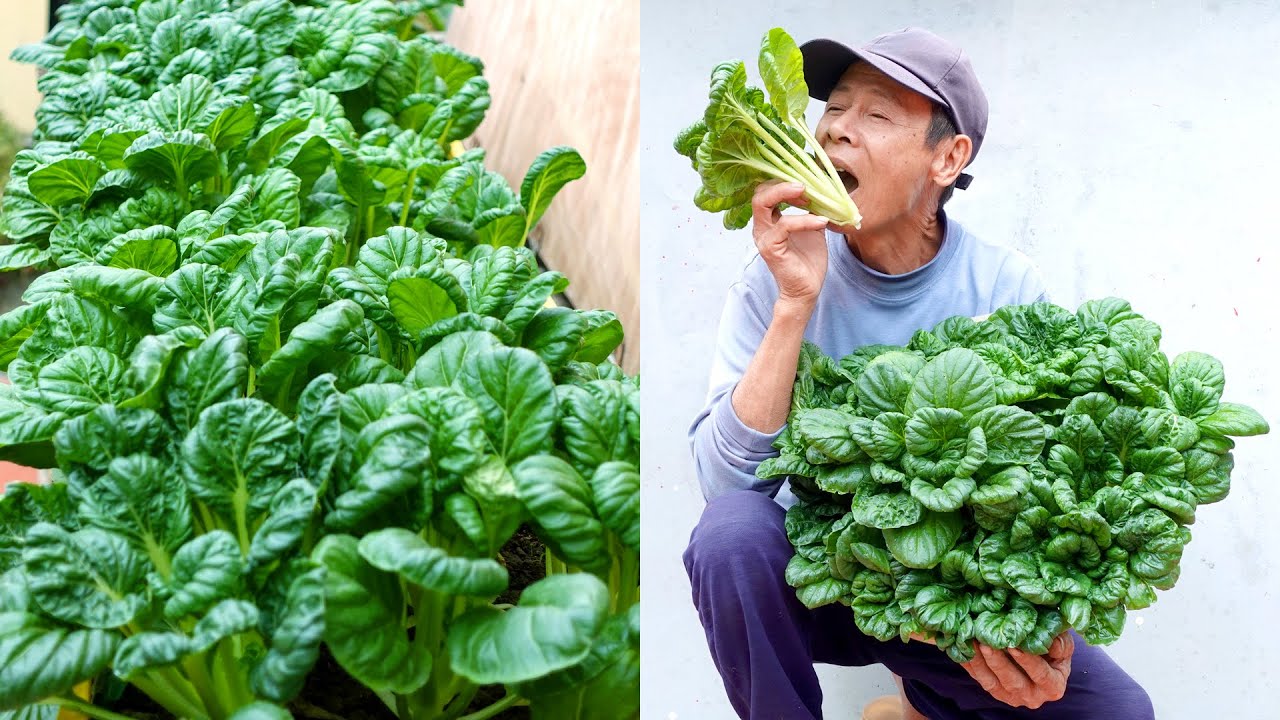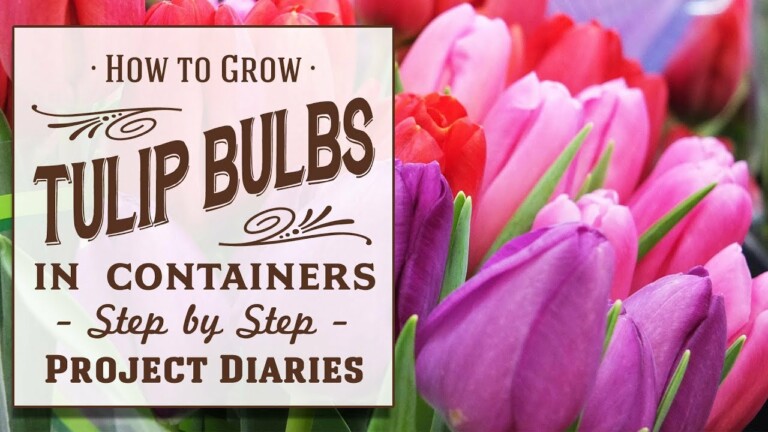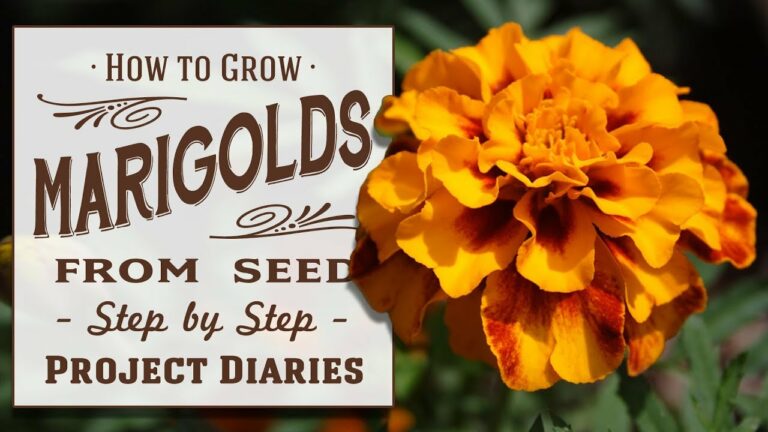★ 8 Tips: Gardening in the Autumn / Fall (Gardening for Beginners)
Gardening enthusiasts seeking guidance on cultivating their green spaces during the autumn/fall season can benefit from these eight helpful tips. In this blog post, he/she will discover practical advice tailored specifically for beginners. With the changing colors and crisp air of autumn/fall, gardening enthusiasts can make the most of this season by implementing these tips across their gardens. Whether it’s preparing the soil, selecting the right plants, or tackling seasonal pests, he/she will find valuable insights to enhance their gardening experience during this time of the year. Get ready to embark on a journey of transforming your garden into a vibrant autumn/fall paradise with these eight essential tips.
Introduction
When the leaves start to turn vibrant shades of red, orange, and yellow, it’s a sign that autumn has arrived. While many people may think of gardening as a spring or summer activity, autumn is actually a fantastic time to get your hands dirty and nurture your green thumb. In this article, we will explore eight tips for gardening in the autumn, with a focus on beginners who are just starting to discover the joys of gardening. So grab your gardening gloves and let’s dive into the colorful and fruitful world of autumn gardening!
Planting Bulbs for Spring Blooms
One of the great advantages of autumn gardening is the opportunity to plant bulbs that will bloom come spring. Autumn is the time to take advantage of sales on bulbs such as tulips, daffodils, crocus, and hyacinths. By planting these bulbs in autumn, you give them the time they need to establish their root systems before winter sets in. When spring arrives, you’ll be greeted with a burst of vibrant colors and sweet fragrances that will make your garden come alive.
Garlic: A Versatile Autumn Crop
Garlic is a versatile and easy-to-grow crop that thrives when planted in autumn. Whether you have a large garden or limited space, garlic can be grown in both the ground and containers. Planting garlic in autumn allows it to establish roots during the colder months, resulting in bigger and more flavorful bulbs come spring. With its pungent flavor and numerous health benefits, growing your own garlic is a rewarding experience that will enhance your culinary creations.
Autumn Greens: A Mini Greenhouse Solution
If you’re craving fresh leafy greens and lettuce well into autumn, fear not! With the help of a polytunnel or a plastic bottle, you can create a mini greenhouse that will protect your crops from the chill of the approaching winter. By extending the growing season in this way, you can continue to enjoy the taste and nutritional benefits of homegrown salads even as the temperature drops. So get creative and turn your garden into a sanctuary for greens!
Peas and Broad Beans: Cold-Hardy Crops
For those looking to add some protein-rich vegetables to their autumn garden, peas and broad beans are perfect choices. These cold-hardy crops can be sown directly in the ground or started indoors in toilet rolls on a windowsill. By planting them in autumn, you give them a head start and ensure a bountiful harvest come spring. Peas and broad beans are not only delicious additions to your meals, but they also enrich the soil with nitrogen, reducing the need for synthetic fertilizers.
Harvesting Rainwater for a Thrifty Garden
In addition to tending to your plants, autumn is also a great time to prepare for the future by collecting rainwater. Storing rainwater in barrels or containers is not only eco-friendly but also beneficial for those with water meters, as it can help reduce water bills. Use this collected rainwater to hydrate your plants throughout the year, especially during drier months. By harnessing the power of nature, you’ll be nurturing your garden while being mindful of your impact on the environment.
Harvesting Seeds: Nature’s Gift
Autumn is the season of harvest, and that includes harvesting seeds. Seed harvesting is a free and easy way to stock up for the next year’s gardening adventures. You can save seeds from your favorite flowers and vegetables, ensuring that you have a constant supply of your preferred varieties. Simply collect the mature seeds, dry them thoroughly, and store them in a cool, dry place until you’re ready to sow them next season. With this simple practice, you’ll have a self-sustaining garden that keeps giving year after year.
Utilizing Fallen Leaves: Nature’s Compost
As the leaves blanket the ground, don’t view them as a nuisance to be raked away. Rather, see them as nature’s compost, rich in nutrients and valuable organic matter. Fallen leaves can be collected, shredded, and added to your compost pile. They provide essential carbon to balance the nitrogen-rich materials, creating a healthy and fertile compost that will nourish your plants. You can also use shredded leaves as mulch to protect your garden beds from the freezing temperatures of winter. Embrace the cycle of nature and let the fallen leaves work their magic in your garden.
Conclusion
Gardening in the autumn offers a unique set of opportunities and rewards. From planting bulbs for spring blooms, to growing garlic, harvesting rainwater, and utilizing fallen leaves, there are countless ways to make the most of this season. Whether you’re a beginner or an experienced gardener, autumn provides the perfect canvas to experiment, learn, and enjoy the beauty and bounty of nature.
FAQs (Frequently Asked Questions)
- Can I plant bulbs in autumn and still expect flowers in the spring?
- How do I grow garlic in containers during autumn?
- What can I do to extend the growing season for leafy greens in autumn?
- Are peas and broad beans easy to grow from seeds in autumn?
- How can I store rainwater for gardening purposes in autumn?





